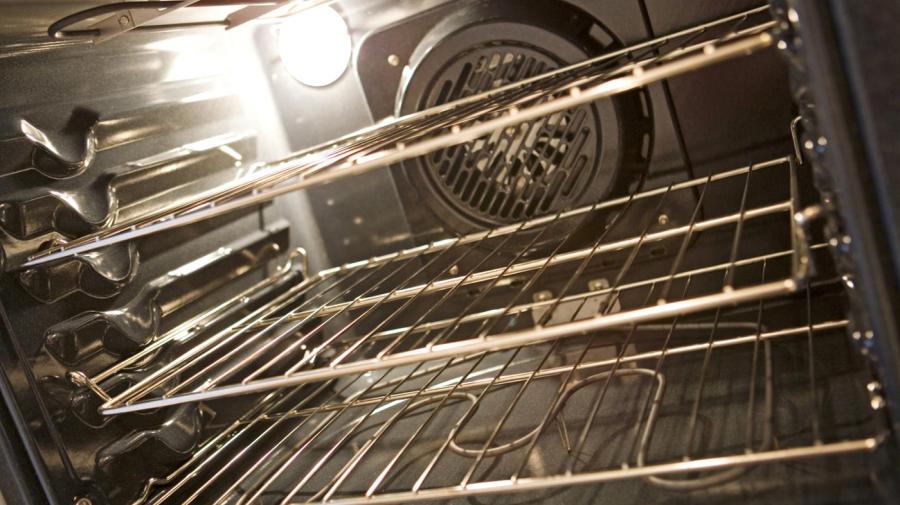How Does Convection Work?

Convection works by transferring heat from a hot substance to a cooler one through the motion of one of the substances. For example, as wind passes over a hot substance, heat from the substance transfers to the air particles, cooling the hot substance and slightly warming the air.
Convection is effective because the continuous flow of the cooler substance allows for continued heat transfer. Because the movement is so important for convection, consideration of convection currents, which describe the patterns of movement of the substances, helps provide a detailed description of the effect.
Two broad types of convection exist: spontaneous convection and forced convection. Spontaneous convection occurs when the convection currents arise naturally. For example, winds moving from cooler to warmer areas naturally cool the surfaces they pass over. Ocean currents are another form of spontaneous convection; the flow of water in the ocean leads to heat transfer for different land masses, and it cools water emerging from deep ocean heat vents.
Forced convection occurs when the cooling substance is propelled along the surface of the hotter substance or vice versa. For example, during beer brewing, many breweries force large quantities of cold water through copper pipes that make contact with boiling wort; this leads to rapid temperature drops in the wort, speeding the brewing process.





